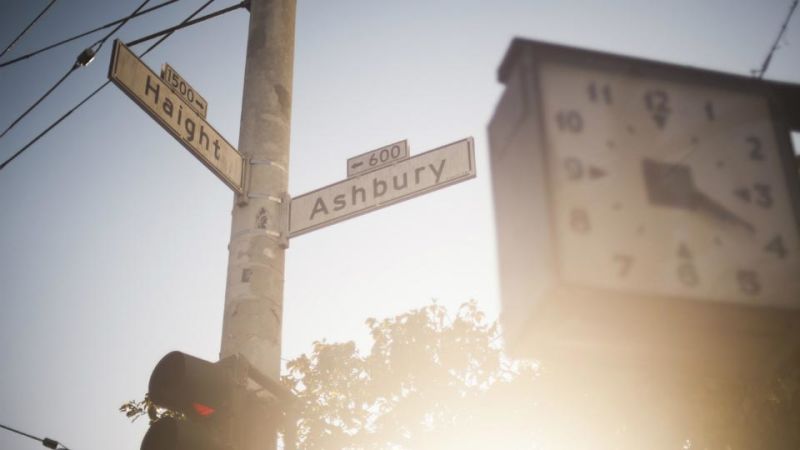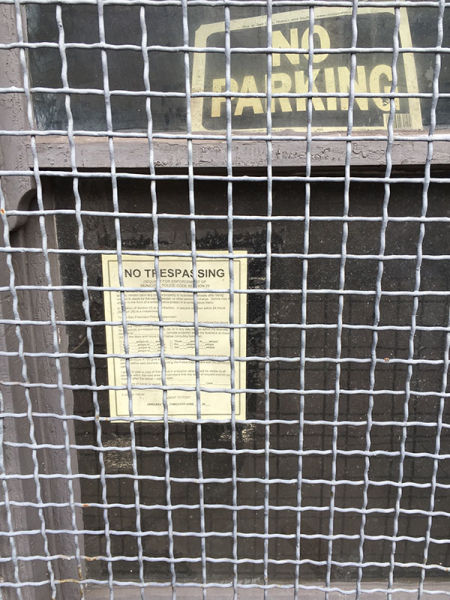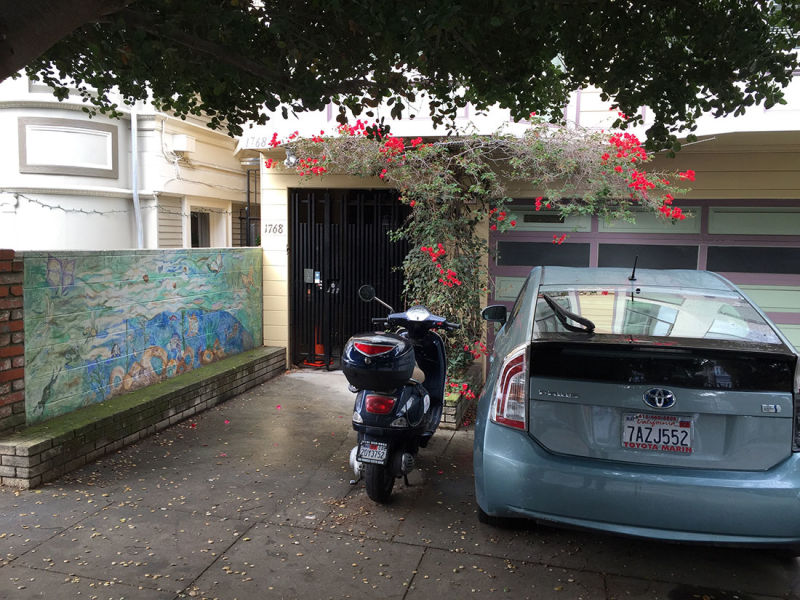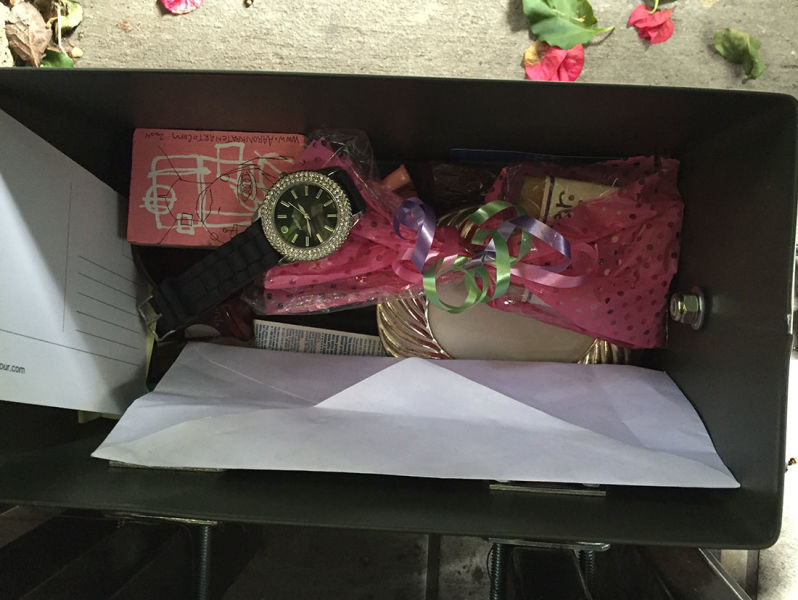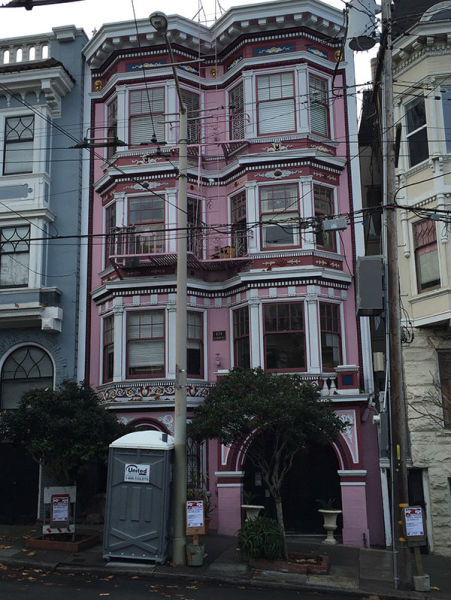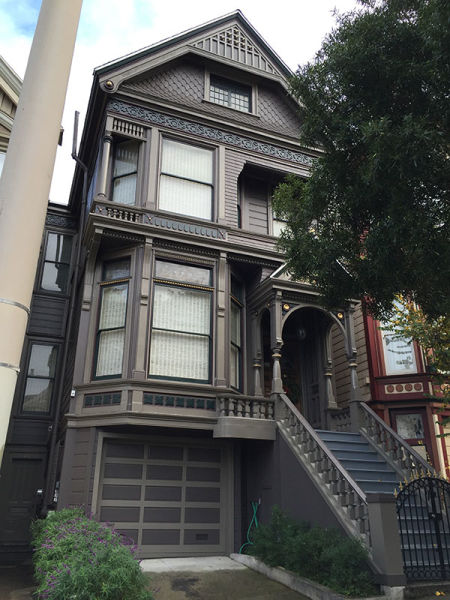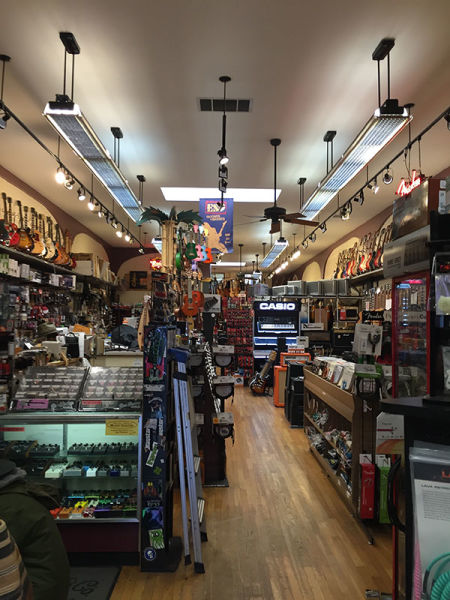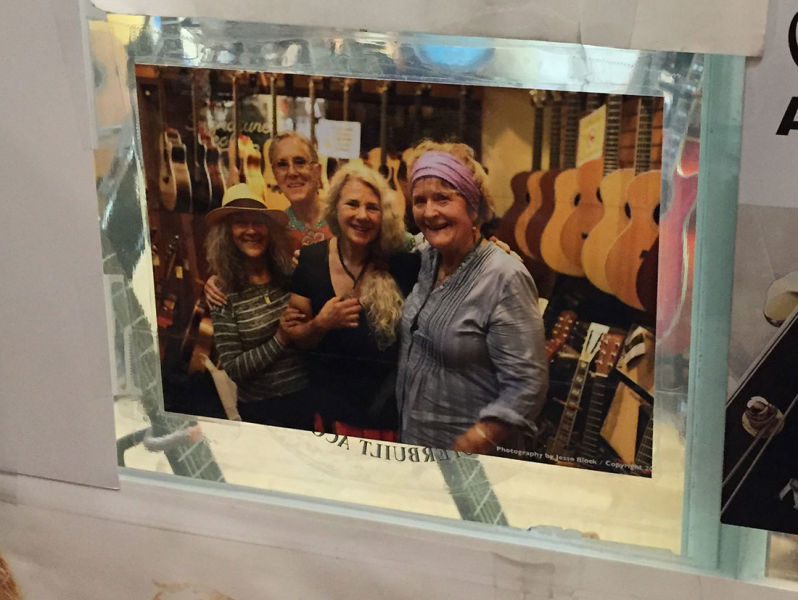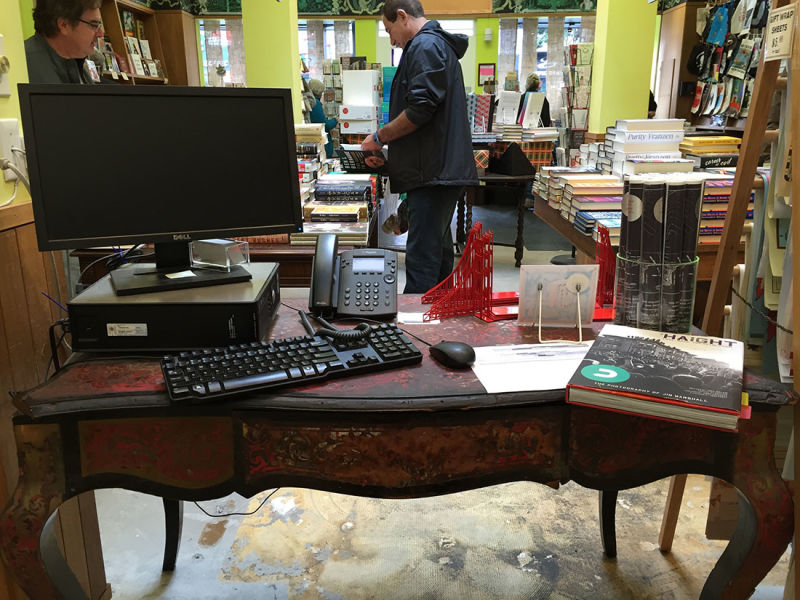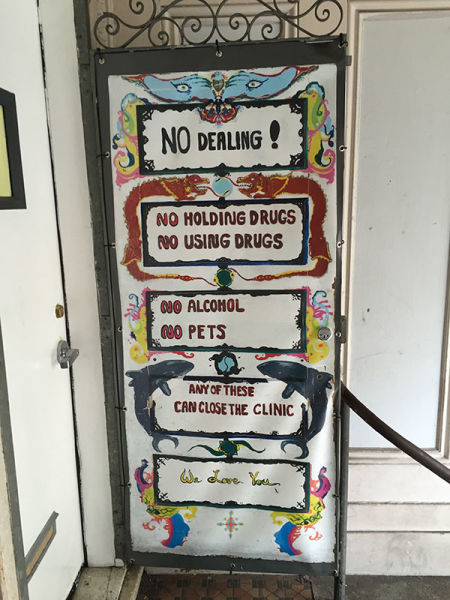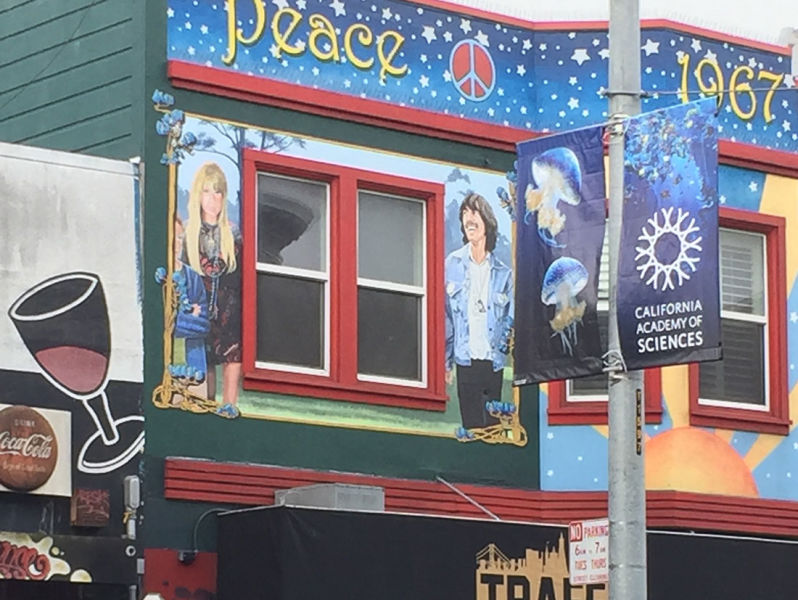When I’d heard that Detour had created a walking tour of the Haight-Ashbury, I was instantly dubious.
Part of it is my wariness of tech’s often unfulfilled promise to create a rich, human experience; Detour is an app that offers tours of neighborhoods, narrated by notable figures and experienced through one’s GPS-enabled smartphone. But a larger part is that, as a child of the 1980s, hearing Boomers wax rhapsodic about San Francisco’s rock revolution of the 1960s being The Most Important Thing To Happen In The World Ever has become, well, a weary thing. How many times can someone hear the same stories about Janis Joplin, the Jefferson Airplane and the Grateful Dead?
I’m here to tell you that my hesitation was unwarranted, and for a simple reason: Peter Coyote, the tour’s host, who provides a firsthand account of the neighborhood without the back-patting and self-serving revisionist history so prevalent in reminiscences of 1960s-era Haight-Ashbury. (In a call for pitches last year, Detour asked specifically for “something even hippy-haters would love,” and while Coyote certainly has personal anecdotes galore, he sufficiently distances himself from nostalgia on the tour (which, full disclosure, is presented by KQED)). He also focuses less on the well-trampled underground rock scene, and more on the noble ideals of he and his LBJ-era peers. And, importantly, this is one of those rare times that an app truly delivers on the “human connection” promise — visitors have the sensation that Coyote is walking right alongside them.
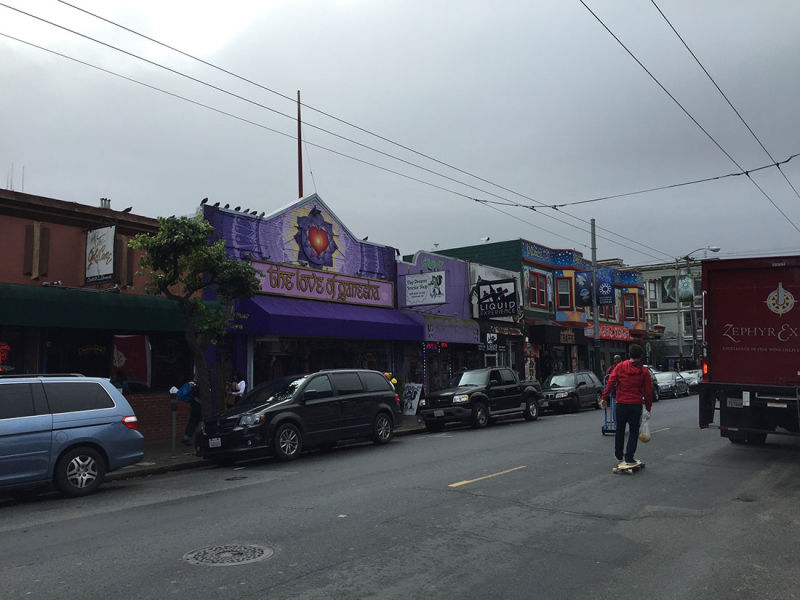
On his old stomping grounds — Coyote was an early member of the Diggers and the San Francisco Mime Troupe — he evaluates the Haight’s accomplishments realistically and talks honestly about the seedy underbelly of the era. Coyote has fun with the app’s technical possibilities too; after an intro about Sue Bierman and her fight against the plans for a freeway running through the panhandle, where Jimi Hendrix performed and where the SF Mime Troupe began, he asks me to cross the street. “And don’t get run over,” he says while I’m in the middle of the crosswalk, “or you’ll miss how it turns out.”
Here’s a peek into how it turns out. I won’t give away everything.
